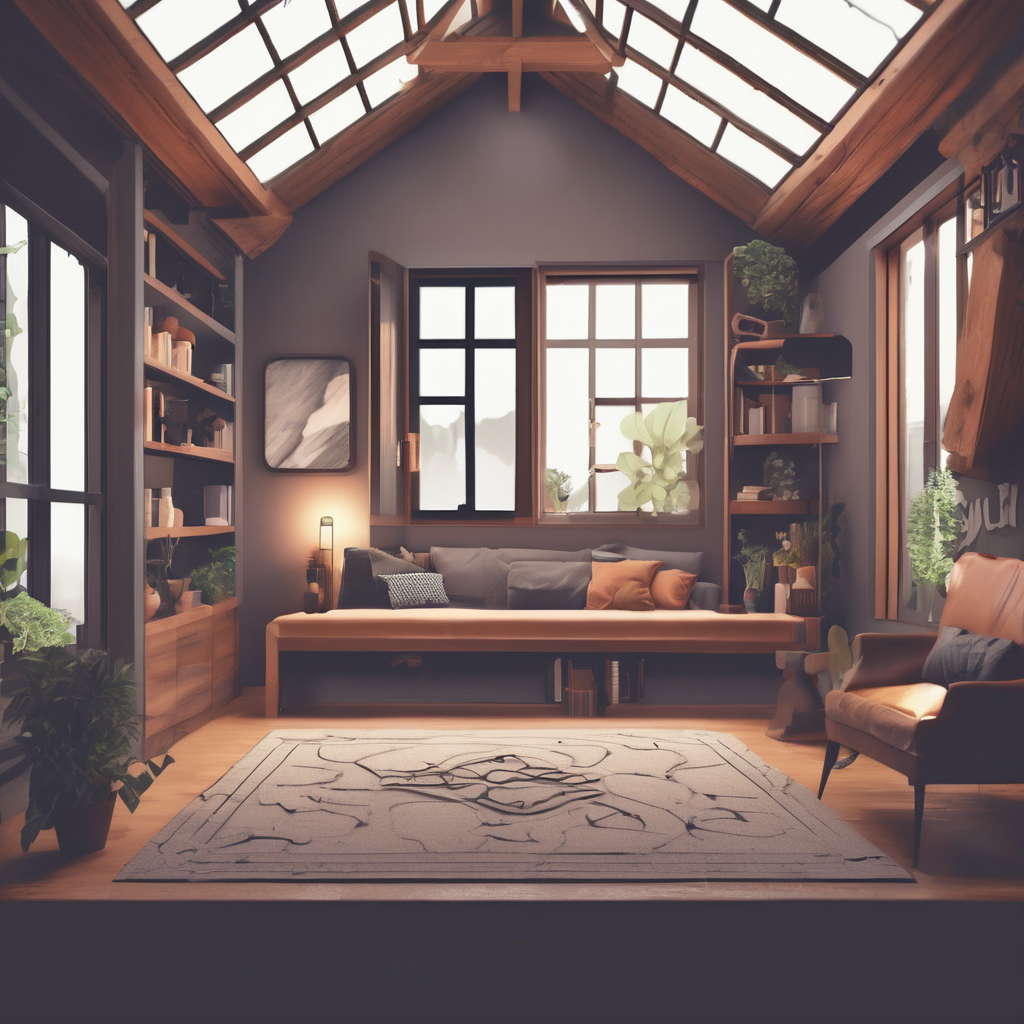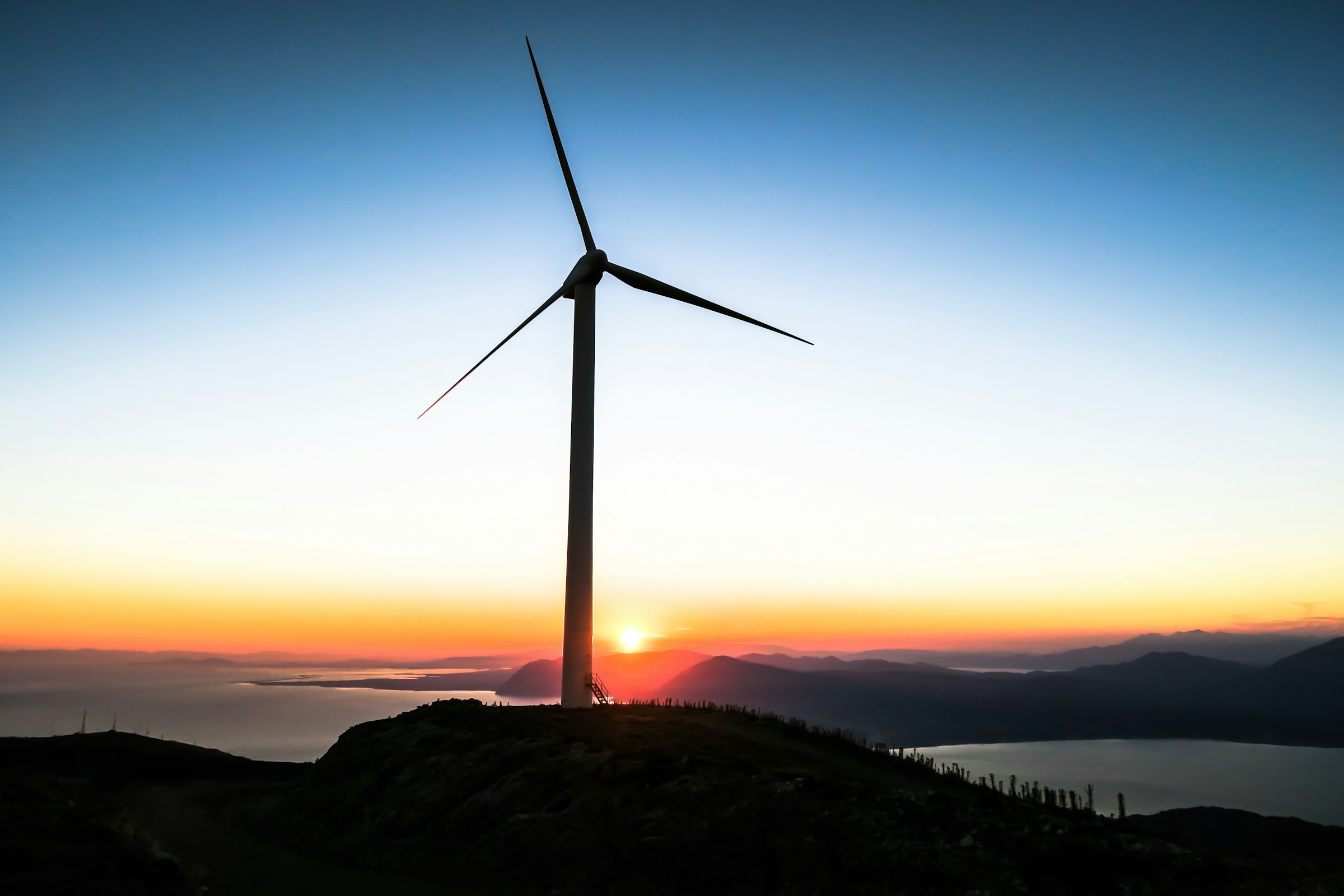As more UK residents turn to sustainable energy sources, wind turbines have become increasingly popular. These structures, which convert wind energy into electricity, offer an environmentally friendly power solution for homeowners. However, the placement of these turbines can significantly impact their efficiency and the noise they produce. This article will delve into the various factors to consider, including wind speed, noise levels, health impacts, and environmental considerations, when installing a wind turbine on your property.
Understanding Wind Energy and Its Benefits
Before delving into the practical aspects of turbine placement, it’s important to understand the basic principle behind wind energy. A wind turbine works by capturing the kinetic energy in wind and converting it into electricity. This process is entirely natural and renewable, which makes it an excellent choice for green energy.
A lire aussi : Which types of draught-excluding techniques are most effective in UK period homes?
When installed correctly, wind turbines can generate a significant amount of power. In fact, a single small wind turbine can produce enough electricity to power an entire home. Additionally, by generating your own electricity, you can reduce your dependence on the main grid and save on energy bills.
Identifying the Perfect Site
The first step in planning a wind turbine project is identifying the perfect site on your property. This will largely depend on the wind speed in different areas. For a wind turbine to be effective, it generally needs an average wind speed of at least 6.7mph. Wind maps can provide an approximation of the wind speed in your area, but it’s also important to study the local topography as hills, trees, and buildings can affect the wind flow.
A découvrir également : How can UK households utilize IoT devices to monitor electrical usage in real time?
It’s also worth considering the proximity of the turbine to your home and other buildings. While it might be tempting to place the turbine as close as possible to reduce wiring costs, this could result in higher noise levels and potential vibration issues.
Considering Noise Levels and Health Impacts
One of the main concerns with residential wind turbines is the noise they produce. While modern turbines are designed to be as quiet as possible, they will still generate some noise due to the movement of their blades and the generator inside. Studies have shown that the noise from wind turbines can be annoying to some people, especially at night when background noise levels are lower.
In terms of health impacts, there is a large number of studies on this topic. However, no definitive link has been found between wind turbine noise and health problems. That said, it’s still important to consider the potential for annoyance and sleep disturbance when deciding where to place a wind turbine.
Assessing Environmental Impacts
Beyond noise and health impacts, another important factor to consider is the environmental impact of your wind turbine. Although wind energy is a green alternative, wind turbines themselves can have some environmental impact.
For instance, they can pose a threat to birds and bats that might collide with the spinning blades. Additionally, if your property is in a sensitive ecological area, the construction and operation of a wind turbine could potentially disturb local wildlife. Therefore, conducting an environmental impact assessment before installing a wind turbine is crucial.
Connecting to the Grid
Once the turbine is up and running, the next step is to connect it to your home’s electrical system. This process, known as grid connection, will allow you to use the electricity generated by your wind turbine.
However, connecting a wind turbine to the grid isn’t as simple as it sounds. It requires careful planning and coordination with your local utility company. Depending on the size of your wind turbine and the capacity of your local grid, you may also need to upgrade your home’s electrical system.
In conclusion, while wind energy offers a promising solution for homeowners looking to reduce their carbon footprint, careful planning and consideration are needed to optimize the placement of wind turbines on residential properties. By considering factors like wind speed, noise levels, health impacts, and environmental considerations, UK residents can make informed decisions about where and how to install their wind turbines.
The Significance of Shadow Flicker and Visual Impact
One aspect often overlooked when considering the positioning of a wind turbine on a property is the visual impact and the occurrence of shadow flicker.
Shadow flicker can occur when rotating blades of a wind turbine cast intermittent shadows on the ground or a nearby structure. Depending on the time of day and year, this can cause a flickering effect in living areas if the turbine is placed too close to the house.
While it is not harmful to health, studies on Google Scholar suggest that shadow flicker can be a considerable annoyance to residents. However, it can be mitigated by careful site selection and strategic positioning of the wind turbine.
On the other hand, the visual impact of wind turbines is subjective, with opinions varying between individuals. Some people appreciate the modern aesthetic and the symbol of renewable energy that they represent, while others may see it as an eyesore that disrupts the landscape.
Local planning guidelines often include provisions on the visual impact of structures, including wind turbines. This could potentially limit the locations where wind turbines can be erected. Therefore, it’s crucial to check with your local authority before deciding on the location of your wind turbine.
Impact on Property Value and Community Acceptance
Another crucial factor to consider when installing wind turbines is the potential impact on property value. While renewable energy projects like a home-based wind farm can make a property attractive to environmentally conscious buyers, it can also deter potential buyers who are concerned about noise or visual impacts.
Community acceptance is also essential. In the United States, the installation of wind farms in residential areas has sometimes generated significant opposition from communities. To avoid friction with your neighbors, it may be beneficial to engage in open discussions about your plans. Explaining the benefits of wind energy, such as energy independence and reduced carbon footprint, can help gain community support.
In conclusion, installing a wind turbine on a residential property is not a simple decision. It requires careful consideration of many factors, including wind resource availability, noise levels, potential health and environmental impacts, and even community acceptance. However, with careful site selection and consideration, it is possible to harness wind power for energy production while minimizing adverse effects.











